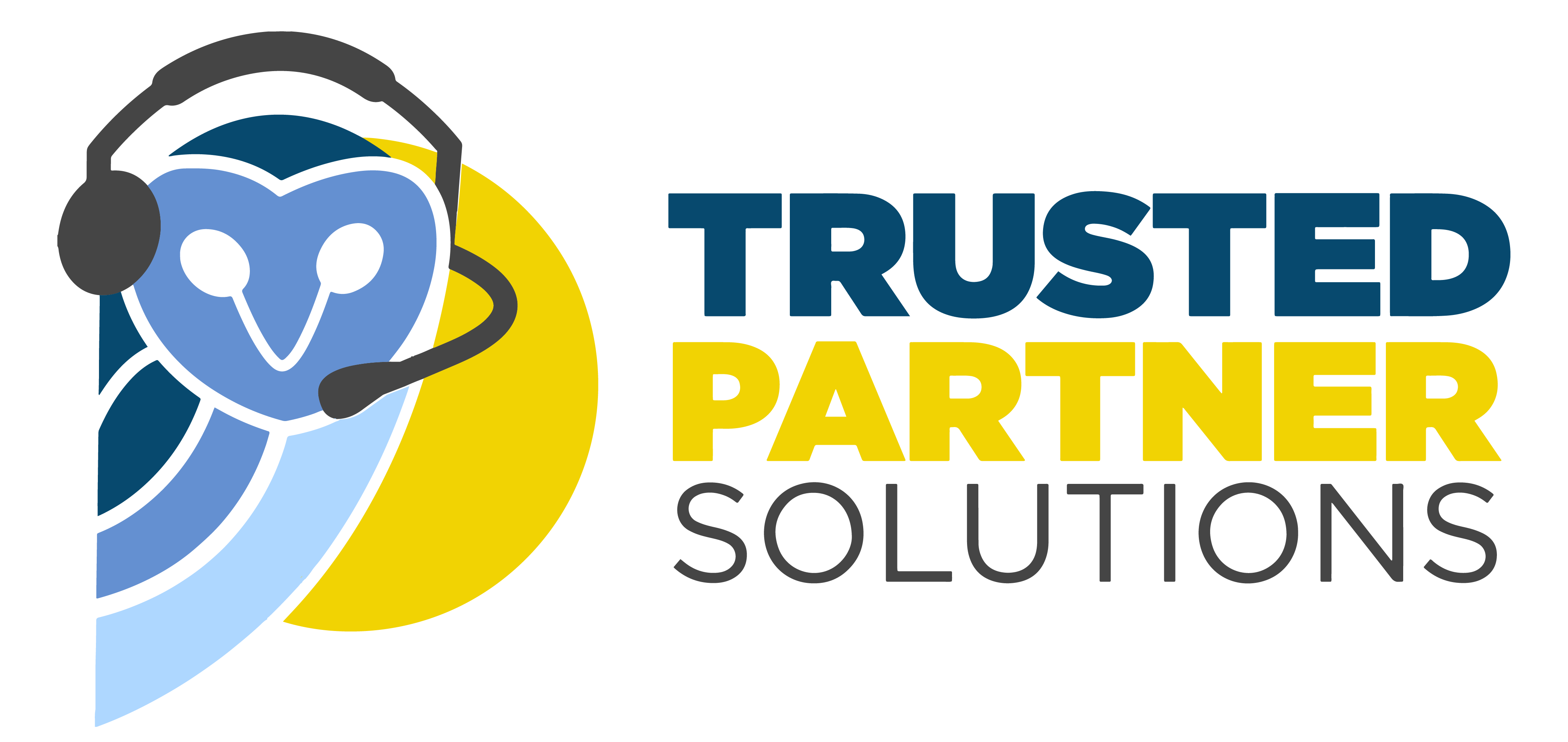
When it comes to optimizing business operations, there is always an ongoing debate between in-house operations and outsourcing.
While having an in-house team is the traditional method, business process outsourcing (BPO) has recently gained popularity among businesses looking for more cost-effective solutions.
In this blog post, we will dive deep into the cost comparison between the two hiring strategies and let you decide which one benefits your bottom line.
Comparing In-House Operations and Outsourcing
In-House Operations
An in-house team lets you handle and manage your daily tasks and operations internally. This method gives you more control and oversight over your employees.
Here are some of the main pros and cons of having an in-house team:
Advantages
- Increased Control: Businesses can easily implement high standards and ensure maximum efficiency by having direct oversight over the team.
- Better Collaboration: In-house employees easily align with company culture and foster stronger relationships through clear communication. This enables better teamwork and knowledge sharing within the organization.
- Increased Data Security: There is a minimum risk of data breaches as no outsider can access confidential company data.
- Immediate Access to the Team: Having an internal team allows you to deal with urgent tasks more efficiently and quickly. This significantly reduces communication overhead and ensures the completion of tasks promptly.
Disadvantages
- Higher Fixed Costs: Having an in-house team can be quite costly as it involves many expenditures, including employee salaries, infrastructure costs, and other overhead expenses, such as utilities, employee training, insurance, and maintenance.
- Employee Hiring and Retention: Hiring individuals with specialized skills is time-consuming and expensive, especially if your business has limited resources. Since the US market is quite competitive, retaining top talent is even more challenging.
- Scalability: Companies with internal teams often struggle to scale up or down to meet business demands due to fixed costs and staffing limitations. Due to this limitation, managing sudden increases or decreases in the workload can be challenging.
In addition, hiring and training new employees is another time-consuming process that you need to be prepared for if you want to employ an in-house team.
Outsourcing Operations
Outsourcing is one of the most popular business practices, and it involves contracting an external third-party provider to manage and perform non-core business tasks to maximize efficiency while cutting overhead costs.
These services can range from simple day-to-day administrative tasks to handling 24/7 customer support, resulting in reduced costs, better scalability, and easy access to skilled professionals all over the globe.
Here are some of the main pros and cons of outsourcing:
Advantages
- Cost Reduction: Outsourcing companies hire talent from developing countries, which can help you save up to 70% in labor costs. In addition, you can also save money by reducing infrastructure maintenance overhead costs.
- Easy Access to Top Global Talent: Outsourcing firms provide specialized services, which means they have a team of highly skilled professionals who offer higher expertise. In addition, these companies have access to the latest tools and resources to train their staff as per the industry standard.
- Flexibility to Scale: Outsourcing enables businesses the flexibility to scale their businesses as per their needs. Whether a company needs to cater to increased seasonal demands or reduce operations during slow periods, outsourcing firms can help by quickly adjusting their services accordingly.
- Focus on Core Business Operations: Outsourcing non-core business operations empowers businesses to focus on their main business goals and core competencies. This strategic partnership relieves your employees of access overload, enabling them to allocate resources more effectively, improving productivity and overall performance.
Disadvantages
- Loss of Control: By partnering with an outsourcing company, you may not have complete control over the quality, delivery, and overall process. However, you can easily overcome this by partnering with a professional outsourcing firm with quality control in place and a proven track record of delivering high-quality services on time.
- Cultural Differences: By partnering with an outsourcing company, you will work with professionals from around the globe with different cultural backgrounds and time zone differences. Therefore, you need to keep the following factors in consideration:
- Real-time communication and response times will be affected
- Cultural differences in work ethics, values, and language can also affect teamwork
How Much Can You Save by Partnering with OWL TPS?
We are a top-rated outsourcing company in the US that provides result-driven and cost-effective solutions to fuel your business growth and ultimately achieve objectives.
By partnering with us, you can maximize your business efficiency while saving up to 44% in labor costs.
Here is a detailed chart to help you understand how our outsourcing solutions help you save annually:
Regular Employee at $ 16/hour*
| FTE’s | Regular Employee ($) | OWL TPS ($) | Savings ($) |
| 1 | 40,513.00 | 22,800.00 | 17,713.00 |
| 2 | 81,026.00 | 45,600.00 | 35,426.00 |
| 3 | 121,539.00 | 68,400.00 | 53,139.00 |
| 5 | 202,565.00 | 114,000.00 | 88,565.00 |
| 8 | 324,104.00 | 182,400.00 | 141,704.00 |
| 10 | 405,130.00 | 228,000.00 | 177,130.00 |
Conclusion
Undoubtedly, outsourcing is the future, and many SMEs are already benefiting from the increased efficiency, flexibility, and cost savings it brings to the table.
According to Research and Markets, the global outsourcing market is projected to generate $769.7 billion in 2024 and reach a total market size of around $904.9 billion by 2027.
By partnering with an outsourcing firm, you get access to a global talent pool, save significantly on labor costs, focus on primary business objectives, maximize operational efficiency, and limit the risks to a minimum.




